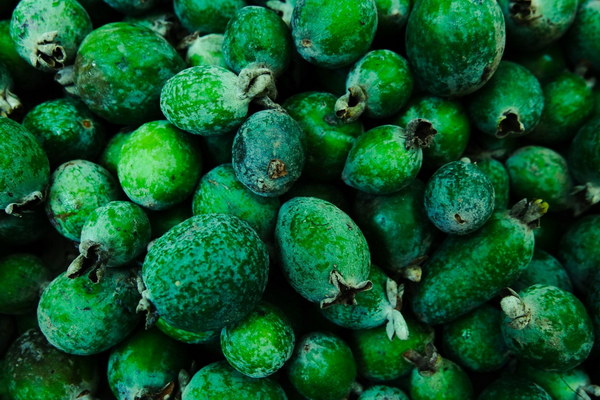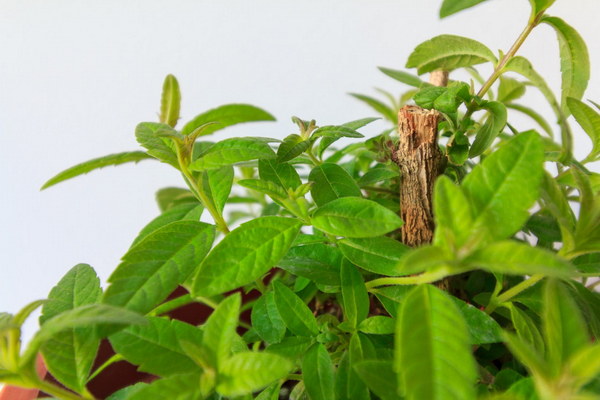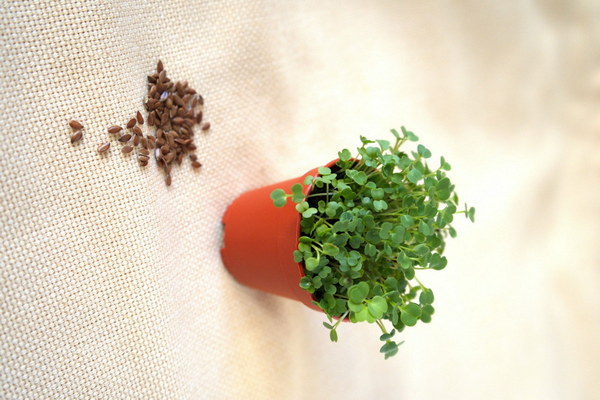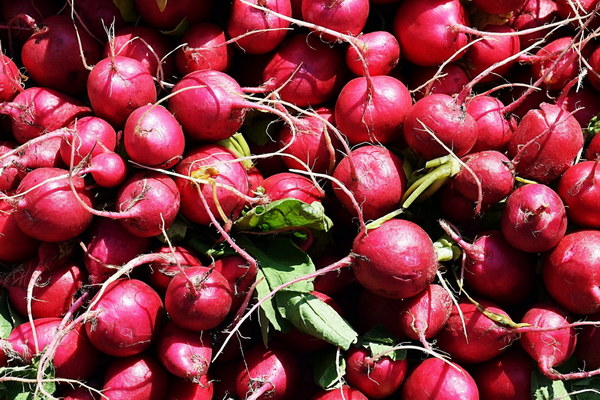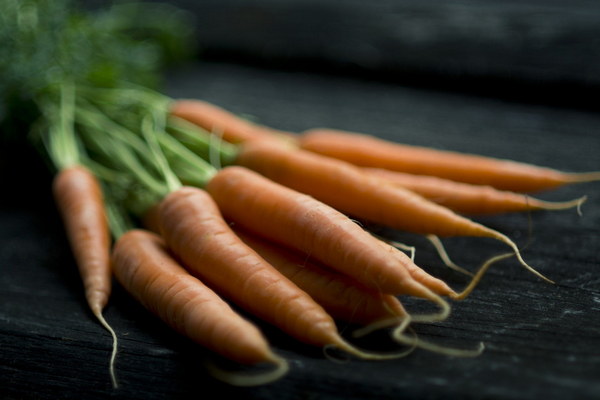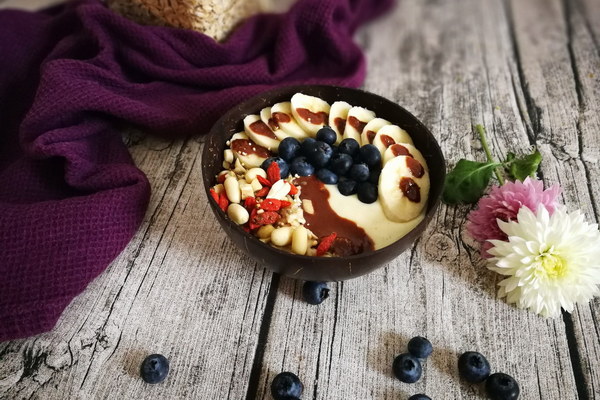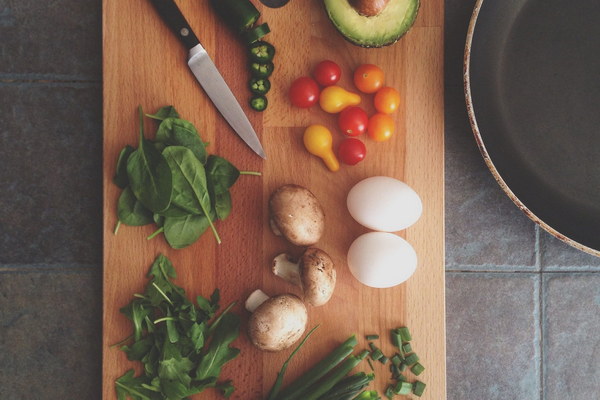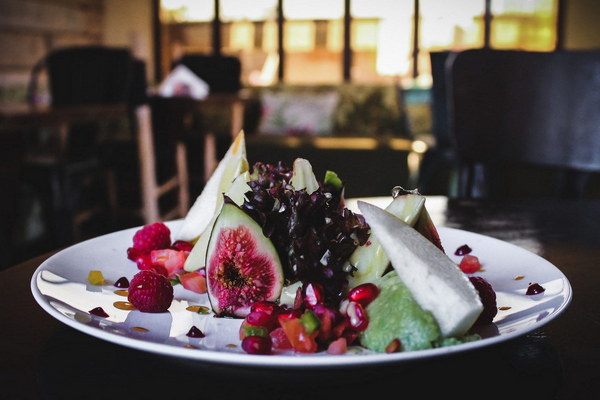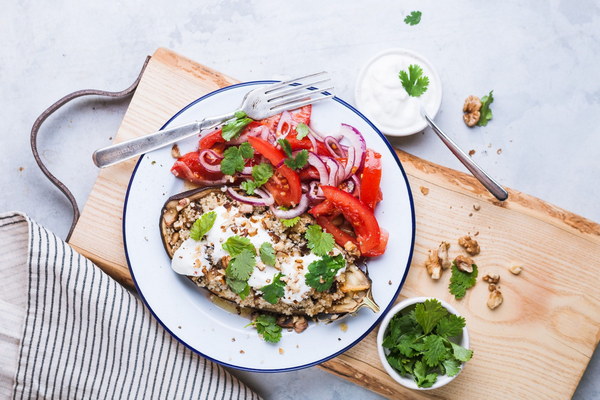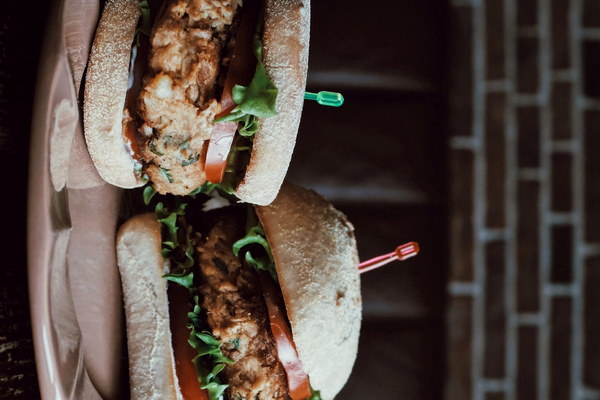Eating Your Way to Dampness Relief Can Food Therapy Help Against Dampness
In many cultures, the concept of dampness, or dampness syndrome, is a common health concern. It refers to a condition where excess moisture in the body leads to discomfort, fatigue, and various health issues. While there are numerous treatments and remedies available, one question that often arises is whether food therapy can help alleviate dampness. In this article, we will explore the relationship between diet and dampness, and whether certain foods can indeed aid in reducing dampness.
Firstly, let's understand what dampness is. Dampness is believed to result from an imbalance in the body's yin and yang, which are the two fundamental forces in traditional Chinese medicine (TCM). When the body becomes too yin (cold and moist), dampness can accumulate, leading to a variety of symptoms such as lethargy, joint pain, and digestion issues.
Food therapy, as a part of TCM, suggests that certain foods can either increase or decrease dampness in the body. The goal is to find a balance and consume foods that help eliminate excess dampness. Here are some dietary tips to consider if you're looking to combat dampness:
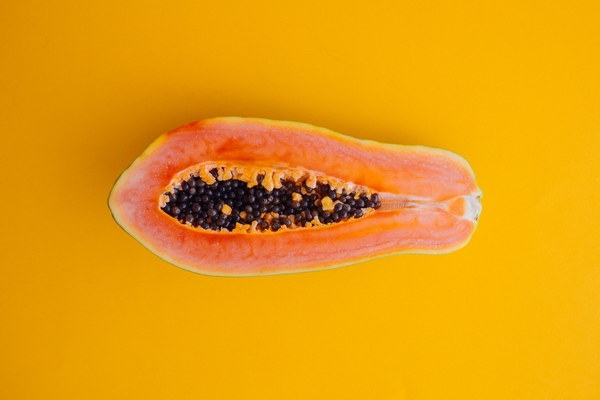
1. Avoid Cold and Raw Foods: Cold and raw foods can exacerbate dampness. This includes raw vegetables, fruits, and ice cream. Instead, opt for steamed, boiled, or lightly sautéed foods.
2. Choose Warm and Spicy Foods: Warm and spicy foods can help increase the body's yang and combat dampness. Examples include ginger, garlic, and chilies. These foods can be added to soups, stews, and stir-fries.
3. Focus on Bland and Slightly Sweet Foods: Foods with a bland taste, such as rice, millet, and sweet potatoes, are believed to help absorb excess dampness in the body. These can be consumed in moderation and paired with warm spices to enhance their effectiveness.
4. Drink Adequate Amounts of Warm Fluids: Drinking warm water or herbal teas can help in reducing dampness. Green tea, ginger tea, and chrysanthemum tea are all excellent choices.
5. Incorporate Herbs and Spices: Certain herbs and spices have dampness-relieving properties. These include cinnamon, turmeric, and basil. Adding these to your meals can help combat dampness.
6. Avoid Excessive Sugar and Refined Carbs: High sugar intake and refined carbohydrates can contribute to dampness. Try to minimize the consumption of sugary drinks, sweets, and white bread.
7. Stay Hydrated: Adequate hydration is essential for maintaining a healthy body. However, it is crucial to drink warm water or herbal teas instead of cold water, as cold water can increase dampness.
While food therapy can be beneficial for reducing dampness, it is essential to remember that it should be used in conjunction with other treatments and lifestyle changes. If you're experiencing symptoms of dampness, it is best to consult with a healthcare professional or a TCM practitioner to determine the most suitable treatment plan.
In conclusion, food therapy can indeed play a role in reducing dampness in the body. By incorporating warm and spicy foods, bland and slightly sweet foods, and certain herbs and spices into your diet, you can help eliminate excess dampness and alleviate associated symptoms. However, it is crucial to consult with a healthcare professional for personalized advice and to ensure that your treatment plan addresses the root cause of your dampness.
